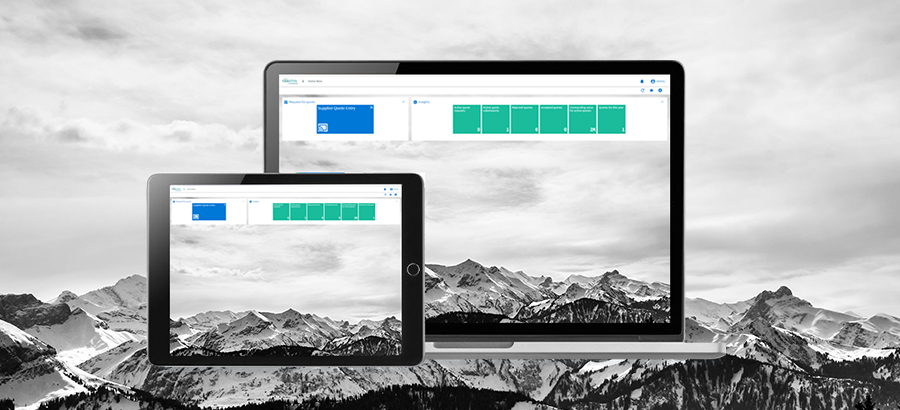In a previous blog post, I mentioned that having an ERP certification does not necessarily mean that someone has the required experience or soft skills to be able to perform a job effectively. In addition, I mentioned that the purpose of the certification exam is most often to assess an individual’s ability to answer knowledge-based questions, and does not extend to assessing their ability to use the ERP system to solve real world problems. This brings me to the difference between assessing for knowledge and assessing for competency.
Knowledge vs. Competency Assessments
In a knowledge assessment, learners answer questions as a test to demonstrate their knowledge of an ERP system. In contrast, a competency assessment evaluates learners using their knowledge and skills in an integrated way in an on-the-job situation. It thus enables learners to demonstrate their ability to use an ERP system in context and effectively.
Competencies Defined
Each job requires a particular set of knowledge, skills, and behaviours (together known as competencies) which vary with the type and complexity of the job. Success in performing a job means someone demonstrates the critical competencies required. Before assessing people against any competencies, however, it is necessary to identify the competencies required for a specific job.
Three types of competencies can be identified:
- Values-Based Competencies – these reflect the type of people and values which are important to your company and are usually designed by the company’s executives
- Leadership Competencies – these cover the knowledge and ability of people to be leaders or managers, e.g. communication, strategic decision-making, etc.
- Functional Competencies – these cover the knowledge and skills that relate to a particular job or function
Competency Assessment
After identifying the required competencies for a specific job, you can follow this ongoing process of assessing and building competency:
- The individual assesses themselves against the set of required competencies and compiles evidence to show where they are competent.
- A workplace assessor reviews the evidence and verifies it by observing the individual using their knowledge and performing the required skills on the job.
- Together, the individual and the assessor identify development needs, based on gaps between the required competencies and those which the assessor observed and for which the learner provided evidence.
- The person uses different resources, both on and off the job, to develop the areas identified as knowledge and/or skills gaps. These could be completing an off-the-shelf or online course, attending training, a workshop, conference, or seminar, being coached or mentored, job shadowing, on-the-job learning, or joining a Community of Practice.
- After an agreed-on period, the assess or reassesses the person against the required competencies. If the person can demonstrate the required knowledge and skills, the assessor awards the learner the competence.
Why would you assess for competency, as opposed to assessing for knowledge?
Read my next blog post in which I discuss the benefits of assessing for ERP competency.








